LG G6 vs iPhone 7 Plus: Bezel-less vs Bezel-ful

Introduction
The iPhone has long been blamed to have overly large bezels around the screen, especially the top and bottom. And while such kind of styling goes well with the smaller, 4.7” model, it makes the 5.5” iPhone 7 Plus a true behemoth. Fans have long started looking forward to the days when smartphones will turn into all-screen slates, with little to no borders around them, and 2017 is expected to be the year when manufacturers are going to take a major step towards this vision.
With rumors of Samsung and Apple both working on almost bezel-less 2017 flagship phones, LG happens to be first out of the gate with a finished product. Meet the G6 – a smartphone with a generous 5.7” display, all in a body not bigger than last year’s 5.3” G5. In effect, the comparison you’re reading right now deals with the clash of two design philosophies: the old bezel-ful one observed with the iPhone 7 Plus, and the new bezel-less trend represented by the G6.
Design & Display
Both handsets have great screens: large, sharp, with good colors. That’s all we can say from first glance, but what’s more interesting in the context of this comparison is what’s going on around the screens. Honestly, I was eager to see and hold the G6 in person, because I thought it’ll feel like holding the future of smartphones in my hands. Instead, that moment turned out to be a mostly anti-climactic affair. Despite the extremely narrow bezels, the LG G6 doesn’t impress. It’s a solid, almost chunky phone that simply isn’t attractive. It lacks charm. Yes, the screen is taller (it’s not wider), but it doesn’t seem to be the breakthrough we were expecting. The G6 is a phone like any other phone, and its thin bezels don’t automatically make it futuristic, good-looking, or even modern. In fact, I’d say it walks the path from “ooh, what’s thaat?” to “meh” over the course of just a few minutes.
But what about the iPhone 7 Plus, with its old-school design and thicker bezels? Tell you what, it’s true that the 7 Plus is both larger and has a smaller screen than the G6, but you can sense the class from miles away. The symmetry, the precisely rounded corners, the elegant profile – all of that makes the iPhone 7 Plus a device worth looking at. It’s not a brand new design, yes, but it’s amazing how well it has aged.
Now, if we leave aesthetics aside and talk about practicality – that’s a whole different conversation! The G6 is way narrower and shorter than the 7 Plus, making it a joy to hold and operate (considering the massive screen it offers). The iPhone 7 Plus remains an oversized device that’s rather unwieldy, not to mention incredibly slippery in the hand. Have you ever held a fish? The iPhone is almost as slippery. That’s not the case with the G6, because it has a glass panel on the back, which sticks a lot more to skin.
Hardware: processor, memory options, and camera
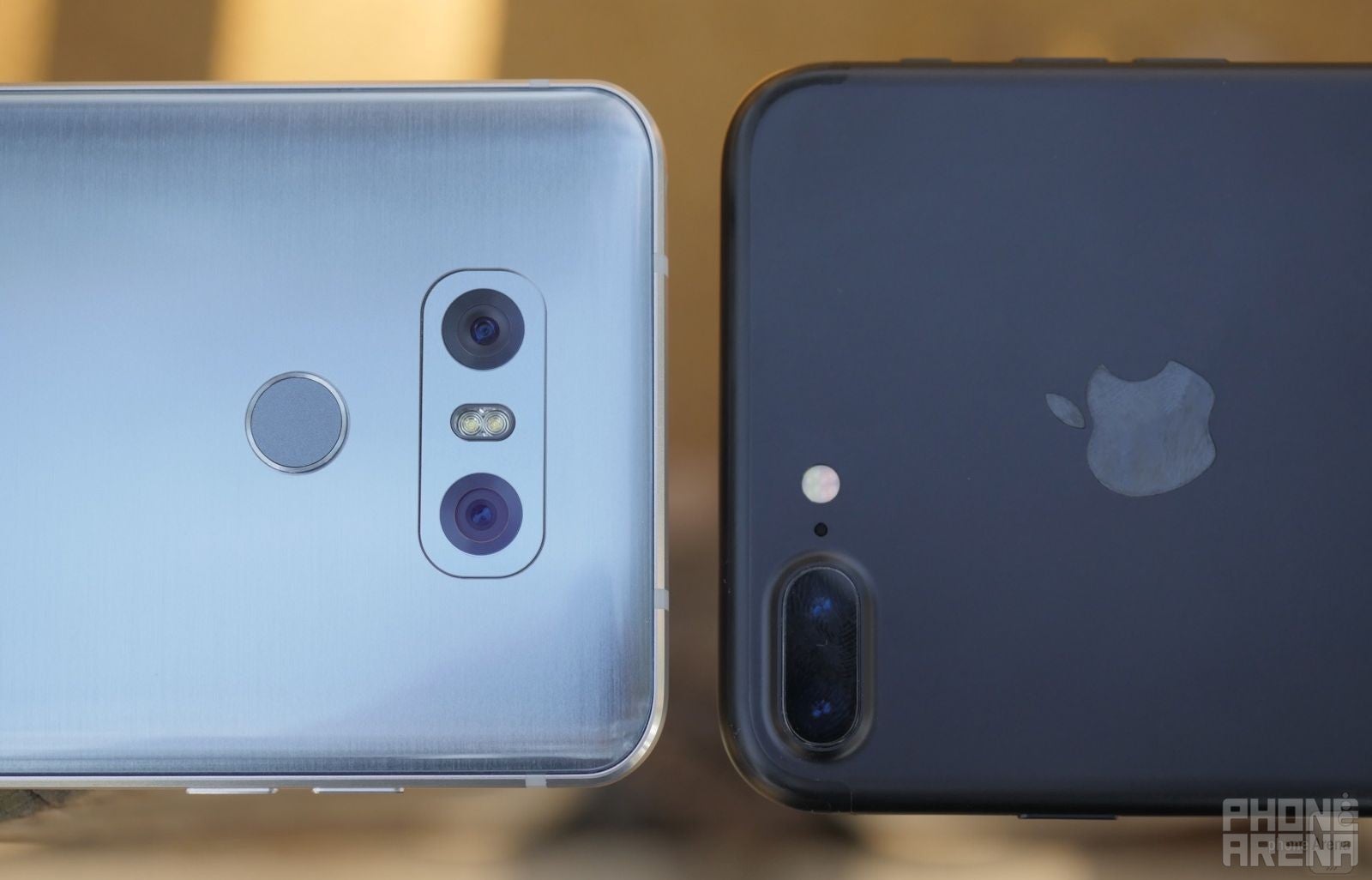
Surprisingly, the LG G6 comes with the quad-core Snapdragon 821 processor, and not the newer 835, but the 835 simply wasn't ready when LG was already deep into the G6’s development. The Snapdragon 821 is a stable, efficient processor which is still on top of its game, so there’s nothing really worrying here. The iPhone 7 Plus, however, comes with the quad-core A10 Fusion chipset, which, coupled with the iOS 10 system, delivers unprecedented performance on a handheld device.
What about RAM? Well, true experts know there’s not much use in citing numbers here: both handsets have more than enough memory to deliver supreme performance and seamless multitasking, whatever that means.
However, it’s worth taking a look at the phones’ storage memory options. The G6 comes with 32 gigs only, which is sad, but it also supports microSD cards, if that’s your thing. The iPhone 7 Plus offers a lot more flexibility on this front, with 32, 128 and 256 GB versions all on sale.
Both the LG G6 and iPhone 7 Plus come with two rear cameras, but they use them in radically different ways. The second camera on the G6 has a wide-angle lens, and it's used for capturing wide, expanding scenes – thing of it as some sort of a zoom out function. In contrast, the 7 Plus uses its second camera in exactly the opposite way, allowing you to zoom in on whatever you're photographing. Whichever is better will depend on how you plan to use the camera of your phone, but the zoom-on/portrait function of the iPhone 7 Plus seems to make more sense for most mainstream use cases.
Battery capacity and charging
With a capacity of 3300 mAh, the LG G6’s battery is comfortably larger than the iPhone 7 Plus’ 2900 mAh, however, we need to do a deeper analysis to form a proper projection about battery life.
While the LG G5 experienced some problems in this department (only 5h 51mins on the PA battery test), we expect the LG G6 to largely fix this, since it’s equipped with a battery that’s 18% larger. Even then, Apple is king when it comes to squeezing out maximum performance out of the available resources. The 7 Plus manages to last for the cool 9h 5 mins on our test, which is result the G6 is unlikely to reach. Still, I’d expect the G6 to easily last through a whole day of use, so I guess there isn’t much of a reason for alarm.
In terms of charging though, that’s one area where the G6 is way faster than the iPhone 7 Plus. Apple’s handset takes its sweet time with 197 minutes of charging, while the LG G6 is much faster with 96 minutes, which is actually great pacing.
Expectations
Saying the LG G6 represents the future of smartphone design would obviously be a stretch. Even if most future flagship models end up featuring similarly slim bezels, the G6’s implementation somehow isn’t convincing enough to make us excited about bezelless.
One thing is clear though, the G6 is the smartphone the G5 should have been. It’s mostly a catch-up device that finally closes the gap between LG’s proposition and the competition. If we single out the iPhone 7 Plus as a major competitor to the G6, it’s clear the G6 doesn’t have enough going for it to pull ahead. It’s simply that: a gap closer. Don’t get us wrong: the G6 is not a bad phone, it’s actually a great phone overall. It’s just that we expected the future; what we got instead was more of the same.






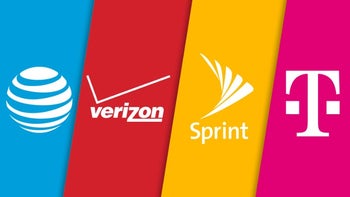



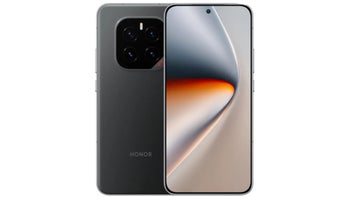

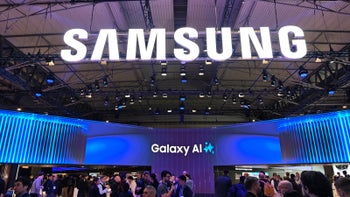
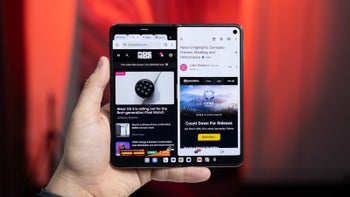
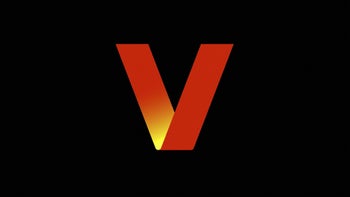
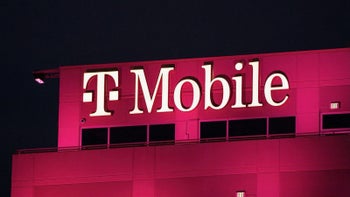
Things that are NOT allowed: